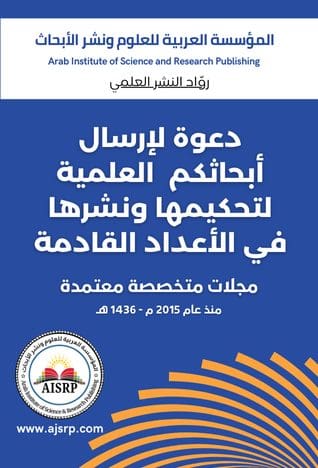Abstract
The study sought to investigate the impact of limited and regulated code switching on the achievement of the Jordanian EFL learners. To achieve the aim of study, the use of code-switching was intended to be integrated within the code of conduct which made up the backbone of the class management.The study sample consisted of (105) students from the eighth and ninth grades in Berein Secondary School, The Second Directorate of Education in Zarqa District. The subjects were divided into four groups; two experimental groups consisted of (51) male students who were taught through using code-switching. The other two control groups consisted of (52) male students who were taught the same content through the conventional strategy. Questionnaires were distributed into (100) male and female English teachers in different public and private schools to know their attitudes toward using code-switching in their daily lessons in EFL classrooms.To achieve the goals of this study, the researcher chose both the quantitative design (achievement test) and the qualitative design (interviews and questionnaire) to conduct his study. Analysis of One-Way ANOVA was performed to test the statistical significance of the differences among groups. The results revealed that there was a statistical significant difference at the level (α =0.05) in the mean scores between the experimental groups and the control groups in favor of the experimental groups. The result showed that there were statistically significant differences between the mean scores of the subjects of the experimental groups who were taught through the code of conduct and using the code-switching.
Keywords:Code-Switching, strategies, eighth and ninth grades students, code of conduct and function of code switching.
Authors
Samer R. Hmeadat
Scholar in English Teaching Methods – Jordan
Full-text PDF



